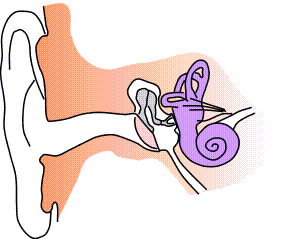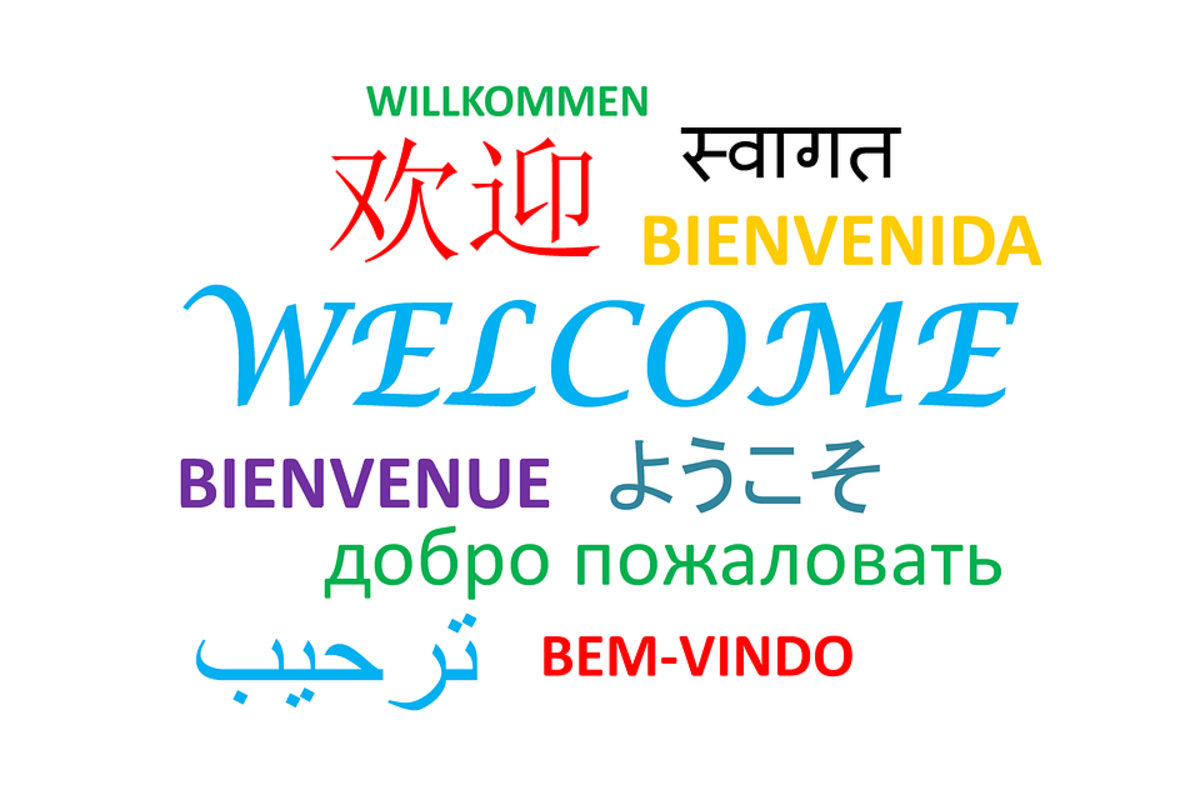How to Learn Two or More Foreign Languages at Once

Many people who attempt to learn more than one language at a time are often met with harsh criticism and the insistence that they will only confuse themselves and that he or she is better off focusing on one language at a time, lest he or she risk putting quantity over quality. My advice: don’t let the naysayers get to you! The human brain has an incredible capacity for language learning that is certainly not limited to learning just one at a time. All that matters is that you put in the appropriate time and effort for each language you intend to learn, no matter how many you have picked out.
The most important thing you need to keep in mind is that you give daily attention to each language on your bucket list. It is enough to keep up a good learning pace if you study one single language for anywhere between 10 and 30 minutes daily, depending on the student. In addition to study time, you can easily work habits into your daily life that passively develop your language skills with minimal mental exertion. The only constraint on the number of languages you can learn at the same time is how much time you actually have to do it, and how much mental energy you have to spend on this noble hobby. For example, if you have one hour and forty minutes of time and mental energy to devote to language learning per day, you could learn approximately four languages at once with relative ease. During each study session you should observe the cultivation of four crucial language skills.

1. Reading
Studying grammar and vocabulary to the point where you can passively understand written texts in varying degrees of complexity and depth, depending on your level, is an excellent place to start when you are serious about thoroughly learning a new language from the ground up. This aspect of the actual 10 to 30 minute session should be devoted to theoretical grammar and vocabulary study, as well as the practical application of reading example sentences and small texts found in whichever grammar book you are working with.
Many people who study foreign languages, particularly those who give diligent attention to grammar and spelling, also have a profound appreciation for literature and written text. If this is the case, the best thing you can do for yourself is spend your leisure time reading literature originally written in your target languages. For beginners, reading translations of English books you have already read can be just as rewarding. For the student of multiple languages at once, it behooves you to be comfortable reading several books at one time in order to give each of your languages due representation.

2. Writing
Writing in your foreign language is the active form of the reading skill outlined above. A good place to start is by copying down bare vocabulary and then moving on to full sentences and texts in order to give yourself practice with spelling and your internal writing voice in the target language. The next step is to start constructing your own sentences and getting used to expressing yourself in the written paradigms of whichever language you are learning. Of course, this process can be immensely complicated when you are learning one or more languages that have either a different Alphabet, or a different writing system altogether (or multiple writing systems, as is the case with Japanese). In these cases, you may consider lengthening study time. Remember, the number and complexity of the languages you want to learn is up to you. Just keep in mind the implications of your choices and the differing degrees of effort they will demand of you.

3. Listening
During actual study time, you will need to either study transcribed pronunciation guides for your target language, or use audio cassettes/discs or online files/videos in order to learn how to pronounce correctly. This, however, can be one of the most boring aspects of learning a new language. Try to focus on reading along while listening to phrases and audio texts to get a more natural sense of how the language is properly pronounced.
Outside of study time, use the wide variety of media at your disposal to make a daily habit of watching films and television programs in your target language(es). The internet can be an excellent resource for this. One of the best listening exercises is foreign language music. This will often lack examples of good grammar, but the rhyme and melody of music will ensure that you never forget the vocabulary you learn through the music.

4. Speaking
In addition to listening during study time, it is important to vocalize everything you hear. Language is a visual AND aural experience. You activate different parts of your brain when you engage in any one of these four basic language learning activities. It is important to activate all of them in each of your short sessions to keep the language alive in your mind and growing with each lesson.
Speaking with native speakers is of course the best way to cultivate this skill in your daily life. If you are lacking native speakers in your area, seek them out online. There are plenty of people online who will be willing to allow you to practice their native language with you as long as you are willing to let them practice your native language with them.
Study Languages that are Similar to One Another
The above process can be immensely simplified if you choose a group of languages that are closely related to one another. For example, you will find that your increasing knowledge of several Romance languages (French, Spanish, Portuguese, Italian, and Romanian) will naturally complement one another. The same goes for putting together West Germanic languages (English, German, Dutch, and Frisian), North Germanic languages (Swedish, Danish, Norwegian, Icelandic, and Faroese), Slavic languages (Russian, Bulgarian, Polish, Czech, and Serbian), etc. These lists merely scratch the surface of how many possibilities there are to match similar languages.








